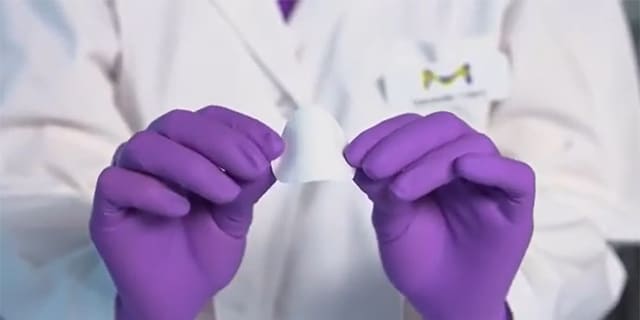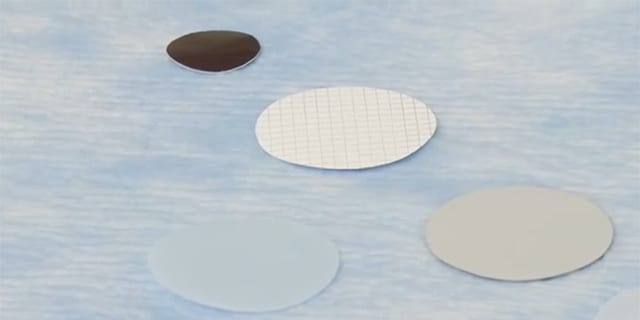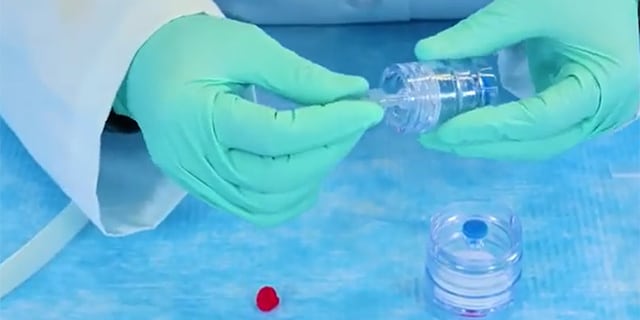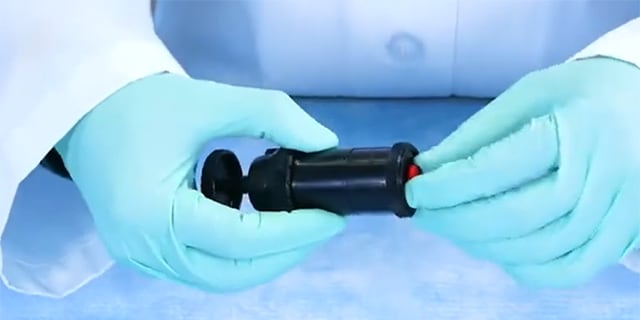Millipore® Filter Membranes

Membrane filters, produced by precipitation or stretching of polymeric materials, are used for a variety of applications (e.g. filtration, air particle monitoring). Properties of membranes differ markedly based upon their composition, fabrication method, surface treatment, and pore size.
Section Overview
NEED HELP FINDING THE CORRECT MEMBRANE FILTER FOR YOUR APPLICATION?
Use our Membrane Learning Center tool to view and compare membranes by pore size, chemical compatibility, flow rate, extractables and more.
Membrane Filter Characteristics
- Chemical Compatibility: The filter material must be compatible with the chemical nature of the substance being filtered to avoid structural failure. It is important to consider both the compatibility of liquid samples and dissolved solutes that can interact with the membrane.
- Wettability: For liquid filtration, the membrane must be wettable with the fluid being filtered. Hydrophilic membranes are easily wet with water and are preferred for filtering aqueous solutions. Hydrophobic membranes are recommended for gas filtration, low surface tension solvents, and venting, and can be wet in organic solvents such as methanol, allowing filtration of both aqueous liquids and organic solvents.
- Pore Size: Pore size provides an indication of the largest pore diameter and can be related to the membrane’s ability to filter out particles of a certain size. Bubble point and bacterial retention testing are two commonly used methods for measuring pore size.
- Diameter: The diameter, size, and shape of the filter are selected based on the apparatus used for filtration or sample collection.
- Flow Rate: Defined as the time required for the flow stream to pass through the filter, flow rate may be measured for air or liquid. Flow rate generally decreases with smaller pore size, but altering membrane material, thickness, porosity, and pore architecture can lead to differences in flow rate.
- Analyte Binding: Analyte binding refers to the loss of analytes during filtration, resulting in a filtrate with a different molecular composition than expected. Membranes with limited functionality (e.g. PVDF, PTFE) show very low analyte binding, whereas membranes with higher functionality (e.g. nylon, MCE) show a high level of analyte binding)
- Optical Properties: When visually analyzing retentates, membrane optical properties must be compatible with the imaging method, such that the membrane provides a consistent background over the entire sample surface and does not impart additional noise during testing.
- Extractables: Extractables are contaminants present in the final filtrate that originate in the filter or device. Filter extractables occur as three different types: shedding of filter materials or particulate extractables, residual chemicals from the manufacturing process, and surface modification chemistries washing off the filter. The presence of extractables can also be related to the chemical compatibility of the membrane with the solution being filtered. Generally, if a membrane is not chemically compatible with the solution, a higher level of extractables is observed in the filtrate.
- Retentiveness: Retentiveness is the ability of a membrane to retain the particle or molecule of interest.
Prefiltration and Depth Filters
- Prefiltration: Prefiltration utilizes large pore membrane filters to remove large particulates, such as dirt or sediment, from samples prior to filtration with a smaller pore membrane filter. Using prefiltration in sample preparation can prevent premature filter clogging or fouling.
- Depth filters: Depth filters retain particles internally rather than on the filter surface. Due to their high particle retention capacity, depth filters are frequently used for prefiltration.
- Binders: Commonly used in non-woven, fiber-based materials, binders provide shape and strength to the final product. While binders are routinely used in glass fiber filters, these additives reduce thermal stability and can result in sample contamination by extractables.
- Net Filters: With large and uniform pores, the net-like structure of net filters is used to remove large particulates (e.g. cells, proteins, dirt) for solution clarification of particulate analysis.

Glass Fiber
- Typically used to filter large particles or viscous solutions
- Used in prefiltration, air monitoring, particle collection, scintillation counting, and gravimetric analysis

Mixed Cellulose Esters (MCE)
- Produced from biologically inert cellulose acetate and cellulose nitrate
- Most referenced general purpose membrane

Nylon
- Broad chemical compatibility
- Low PFAS extractables

Polycarbonate (PCTE)
- Well-defined pores and a smooth transparent surface ideal for use with optical or electron microscopy

Polyethersulfone (PES)
- Millipore Express® PLUS PES exhibits fast flow rates and low protein binding
- Thermal stability, durability, and resistance to acidic and alkaline solutions
- Low PFAS extractables

Polypropylene
- High solvent-compatibility and thermal stability
- Low PFAS extractables

Polytetrafluoroethylene (PTFE)
- High strength, low extractables, broadest chemical compatibility
- Hydrophilic PTFE is typically used for filtering aqueous solutions
- Hydrophobic PTFE is typically used for filtering organic solvents and gasses

Polyvinylidene Chloride (PVC)
- Preferentially used for gravimetric analysis to quantify silica, carbon black, or quartz air particulates
- Commonly used in air monitoring methods

Polyvinylidene Fluoride (PVDF)
- Hydrophilic Durapore® PVDF exhibits the lowest protein binding
- Hydrophobic Durapore® PVDF exhibits high protein binding

Quartz
- No surface filter reaction with acidic gasses
- Inert
- Well-suited for measuring heavy metal concentrations and small particle quantities

Silver
- Highly resistant to thermal stress and aggressive chemicals
- Low background for sensitive X-ray diffraction analysis.
- Specified in many standardized air monitoring methods

Strat-M® Membrane
- Synthetic, non-animal based model for transdermal diffusion testing
- Predictive of diffusion in human skin without lot-to-lot variability, safety, or storage limitations
Related Product Resources
- Application Note: Characterization of Hydrophilic and Hydrophobic Polypropylene Membrane Filters
Hydrophilic PTFE (polytetrafluoroethylene) membrane is the best option for (U)HPLC and LC-MS sample and mobile phase filtration because of its broad chemical compatibility and low extractables.
- Data Sheet: Chemical Compatibility of Filter Components
Compatibility of materials used in the construction of our products.
- Brochure: Experience the Unmatched Predictability of Strat-M Membrane
A skin model for formulation screening and optimization.
- User Guide: AD030 Air and Fluid Particle Monitoring Guide
This manual was designed to help you monitor air and fluids in the workplace.
- Article: Millipore® Patch Test Kit: Field-Based Sampling and Contamination Analysis
The Millipore® Patch Test Kit is a portable kit for the collection and testing of hydraulic fluids, bulk chemicals, boiler water, and lubricating oils. The kit includes consumables for 100 tests.
- Article: Retentate filtration with Millicup™-FLEX Disposable Vacuum Filtration Units
Methods and tutorial video for filtration techniques in contamination analysis using a faster alternative to glass vacuum filtration systems.
- Catalog: Filters and Supporting Hardware
Our exhaustive portfolio of fundamental filters and supporting hardware has helped generations of scientists reach new milestones.
To continue reading please sign in or create an account.
Don't Have An Account?






